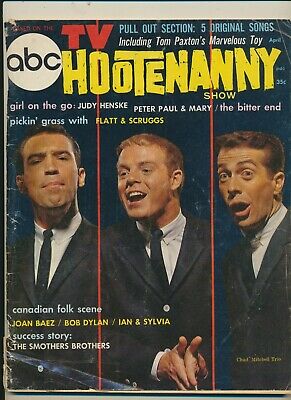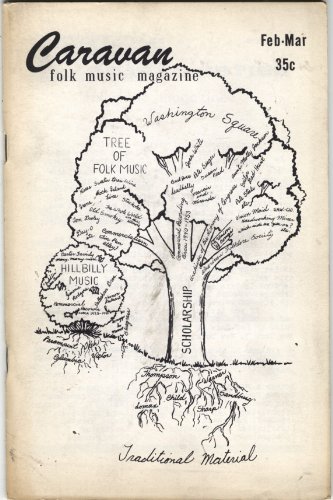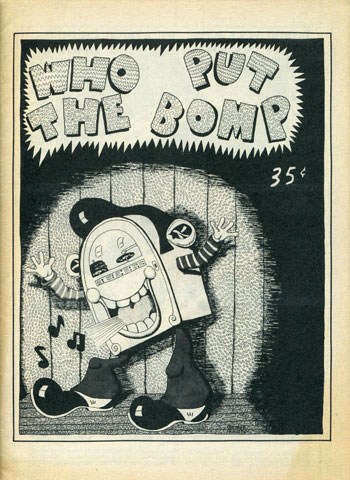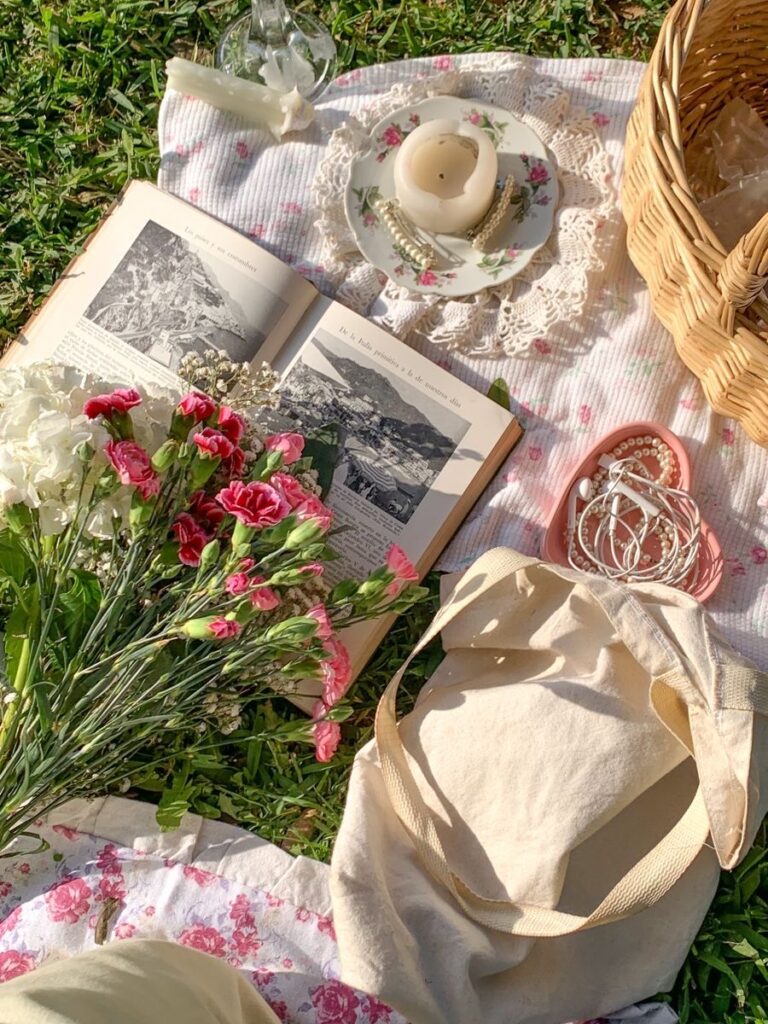History of the Zine
Written by Julianna Smith on April 8, 2022
Evolving from the early 1900’s Dadaists’ art zines, to the science-fiction ”fanzine” of the 1930’s, into the “little magazine” (as it was known during the Beat generation of the 50’s and 60’s), these small-batch, independent publications finally formed the modern-day “zine.” So what is the zine?
A sort of subversive literary act, the zine finds its roots in numerous countercultures. Formed as a means to publish ideas which were too niche, against-the-grain, or taboo for mainstream media, zines have always been small acts of rebellion.
They originated in the early 20th century, from social, artistic, and political groups around the world. Zines were made by anyone from groups of Dadaists (publishing art zines), to the Situationist International (who circulated their work by “mailing their self-published works to people chosen at random from the phone book”), to Russian dissidents (publishing political zines called samizdat — “self-publishers”)1. In the 1930’s, science-fiction fandoms launched zine culture in America as a form of fan-art2.

Following its beginnings in the Dadaist and science-fiction scenes, the zine had its first queer American edition in the 1940’s. Edythe Eyde created zines under the name “Lisa Ben” (anagram for lesbian), with nine editions distributed before concluding it in 19482.
Following this era came the Beat Generation’s use of the zine3. This so-called “counterculture” movement made use of little magazines, such as “Fuck You: a magazine of the arts” (pictured below), often as a subversive act. Ed Sanders, who created that zine and the Peace Eye Bookshop, was charged with obscenity and arrested — but won his case with help from the ACLU3.

The Beat Generation continued their predecessors’ legacy of giving a vehicle to those outside of mainstream media who still want their art, ideas, and writing to circulate. Outside of just poetry and art, though, little magazines with more music-centered content began to take the stage. Folk music specifically began to fill up some zines around this time, followed shortly thereafter by rock and roll2.
Around the same time as the Beat Generations’ venture into zines, some mainstream media tried to tap into the same culture. As you might imagine, they were met with lots of opposition. One infamous example is the 1950’s ABC TV Hootenanny, based on the TV show of the same name. One of Hootenanny‘s editors was “forbidden” from publishing work covering suspected-communist folk musicians5.
Take a look at the Hootenanny cover, and compare it with one of its underground counterparts, Caravan.


The quality difference hints at the funding difference, too — at this time, zines often made use of simple lineart, which worked well with the Xeroxing machines they were printed on. ABC TV Hootenanny made use of their commercial resources, complete with color printing and all. As Sharon Bloyd-Peshkin and Charles Whitaker put it, this magazine was “a symbol of the media industry’s greed and cultural co-optation”5.
It’s a little funny to imagine such a firmly anti-commercial, anti-establishment art medium get attempted by a huge corporation, so it probably comes as no surprise that Hootenanny magazine failed to infiltrate the counterculture zine movement.
In the 1960’s, folk zines took the backseat as rock and roll zines came to the forefront. As one source puts it, zines of the 60’s and 70’s were “characterized by a synergy between outspoken political commentary, literary experimentation, heartfelt critiques of rock and roll music, influence of drugs on visual communication, and revolution in layout and design”6. One rock and roll zine of this era was Who Put the Bomp, created in 1969 by Greg Shaw7.

And of course, following rock and roll zines came punk zines. The punk of the 80’s revived counterculture movements, and its zines were no different. Punk zines “were more than just magazines–they represented the aesthetic and ideals of an entire subculture, a condensed version of this cultural revolt against authoritarianism8“. And more than just focused on the music of the punk scene, punk zines centered on its values — political, artistic, and more.
Groups of anarchists, anti-racists, and feminists alike shared in punk zine culture. In 1979 at the University of Houston, a group called the Direct-Action Committee (or DAC for short) organized an event called Rock Against Racism, which would form a Houston branch of the movement which had support all around the world9,10. This event was meant to take place on campus, but had to be relocated to Paradise Island. The flyer below shows the radical beliefs of these students and their reliance on small-scale art to spread the word.

And of course, zine culture was adopted by Riot Grrrls in response to the overwhelming male majority of the punk scene11. As Rebekah Buchanan writes, “young punk feminists who were active in their punk scenes and tired of seeing women standing in the back of shows or being relegated to being coat hangers…seized control of the means of cultural production, creating feminist art scenes through zines11“.
Buchanan nicely sums up zine culture as a whole: “The underground publishing of zines, the counterculture and critique of mainstream media and ideas, the anti-capitalist and anti-copyright elements of zines all contribute to the fundamental ideologies behind zines and zine creation11“.
That being said, if you’re a musician, student, artist, whatever — zines are made for people like us to circulate ideas, art, anything and everything. I hope zine culture starts working its way back into Houston music, too, for that very reason.
Sources:
okay Source 1: Global Punk: Resistance and Rebellion in Everyday Life (p. 164)
Source 2: A History of Zines
Source 3: Little Magazines of the Beat Generation
Source 4: Fuck You Press Archive
Source 5: Curating Culture: How Twentieth-Century Magazines Influenced America (p. 67)
Source 6: A Brief History of Zines (Duke)
Source 7: Bomp!
Source 8: A Brief History of Zines
Source 9: Anarcho-Punks Organize First Rock-Against-Racism Concert
Source 10: https://en.wikipedia.org/wiki/Rock_Against_Racism
Source 11: Zines, Art Activism, and the Female Body: What We Learn from Riot Grrrls





